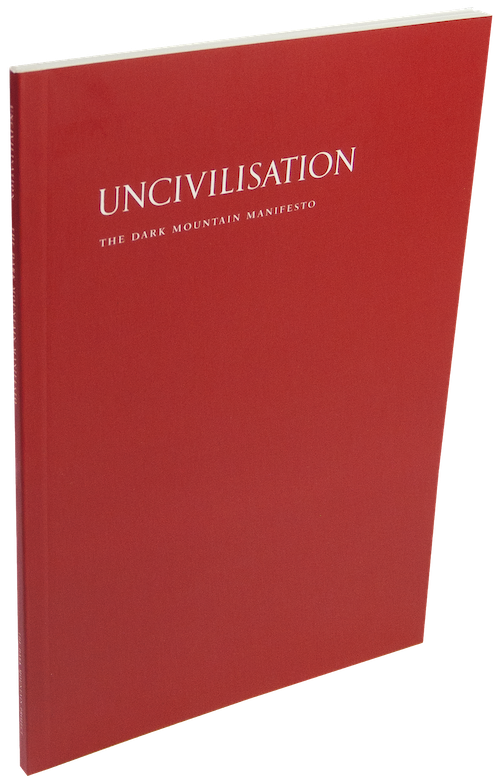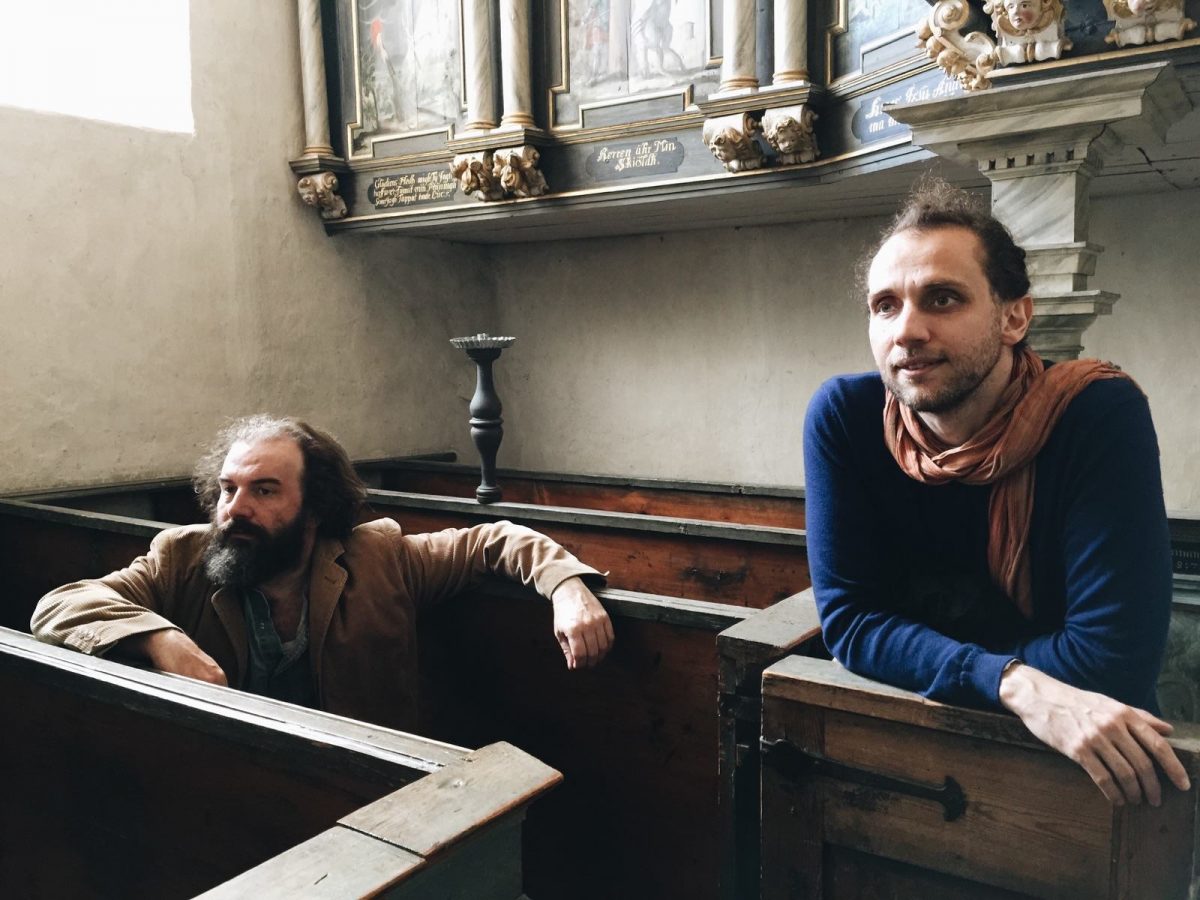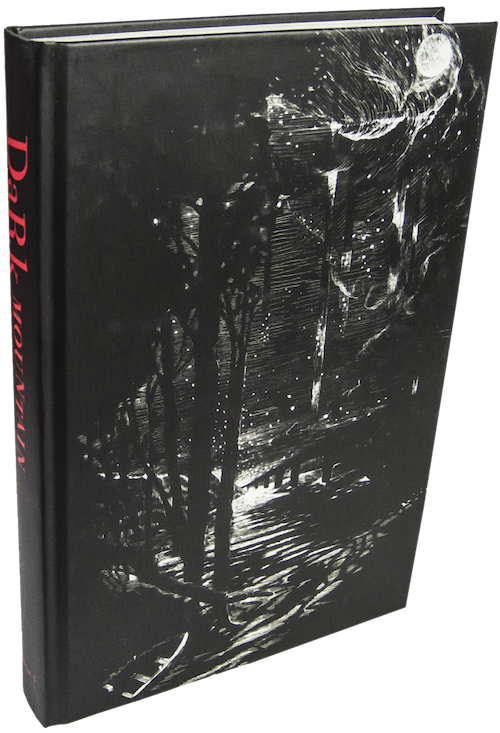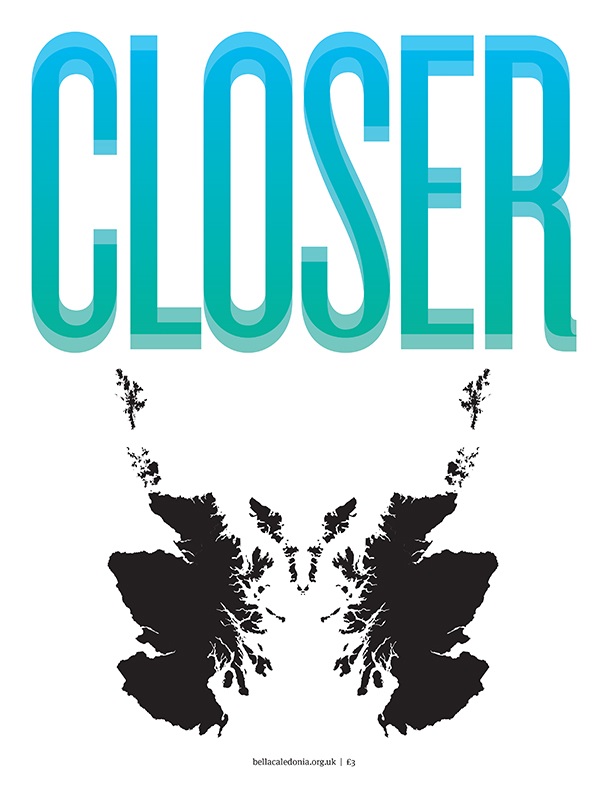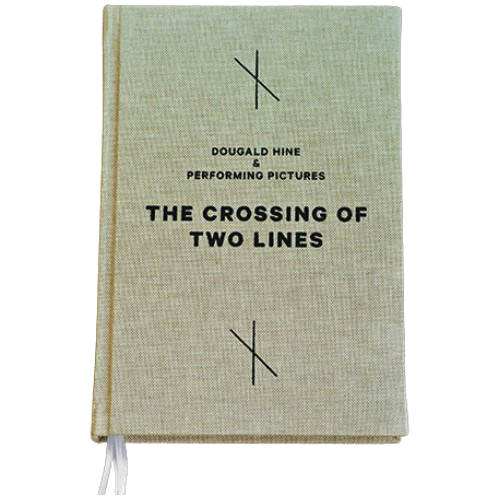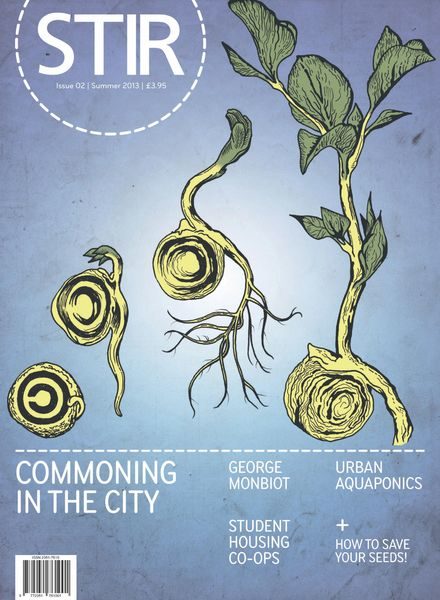It is unusual for a twenty-page, self-published pamphlet to be given a two-page lead review in the New Statesman, and rarer still for that pamphlet to start a cultural movement that the New York Times can introduce to its readers as ‘changing the environmental debate in Britain and the rest of Europe.’ Yet those are two of the more public markers of the strange journey taken by this manifesto in the five years from its first publication to the preparation of this new edition.
We get emails most days from readers who have found something here that resonates with their own experience. They write about hope, recognition, a sense of feeling less alone. Sometimes an email leads to a collaboration, some- times a collaboration deepens into a friendship that would not have existed were it not for this text. The fruits of those collaborations make their way into the Dark Mountain books – six books so far, and counting – where hundreds of writers, thinkers and artists from around the world have ventured further down the paths we started to sketch out here.
Then there are the attacks. We have been called all sorts of things: Romantic dreamers, crazy collapsitarians, defeatists, utopians and nihilists. A professor of social policy used a paper in an academic journal to present Dark Mountain as an example of clinical ‘catastrophism’: ‘a temporary or sometimes recurring difficulty in getting things in perspective or proportion.’ The journalist Bryan Appleyard made the rather startling allegation that we represent ‘a form of psychosis’ likely to ‘create more corpses than ever dreamed of by even the Unabomber.’ There have been thoughtful critical responses, too, sometimes leading to conversations in which we come to understand each other better, but these are less frequent than the angry accusers and the long-distance psychoanalysts.
Putting all these different reactions alongside each other, trying to make out the pattern that they form, what strikes me is how little it resembles a taking of sides over a recognisable argument. Something else is going on, something that reaches into murkier corners of ourselves than are generally given space on the shores of public debate. The lines of thinking that run through this manifesto are also the contours of a dark shape, an inkblot shape of our puzzlements, doubts and fears—so that, even more than is always the case with the slippery substance of language, every reading is also a veiled reflection of the reader. There are monsters here, if you look for them; there are dead ends, but there are also slender threads of possibility waiting for someone to pick them up.
The text which became Uncivilisation: The Dark Mountain Manifesto took shape over a period of six months, starting in the summer of 2008. From this distance, it already seems like the last summer of another age. Not an innocent age – no one could call it that – but an age in which certain delusions were easier to sustain. Then, wham! Lehman Brothers came down and for a few weeks we saw the naked fear of powerful men with no idea how much of their world will be left standing. If you got any kind of a kick out of that final scene in the film Fight Club, when the music swells and the credit card companies’ skyscrapers detonate, then you had to feel some exhilaration, even as your wiser self whispered that all this was not about to end in a jubilee of cancelled first world debt.
As the mayhem of those weeks subsided, as the months that followed became years, we found ourselves in an age where crisis has become the new normal. An age of widening extremes and darkening horizons, when outbreaks of hope spark sporadically like broken power lines across networks and onto the streets, but the future no longer holds the promise it used to. Young people struggle to achieve the everyday security on which to build a life, something their parents took for granted. And all the while, beyond the bubble of the disorientated west, the epic of loss grows louder: more species, more languages, more landscapes every year.
None of this started with the financial ruptures of late 2008. But most of it intensified in the aftermath of those events, becoming at the same time harder to ignore. And if this manifesto has travelled further than we imagined, one explanation is that it has helped people to get their bearings in a world where the thin, shiny surface of prosperity has cracked. Trying to make sense of our own experience, it seems that we put words to a feeling that others shared and that has become more widespread in the years since. A feeling that there is no way through the mess in which we find ourselves that doesn’t involve facing the darkness, being honest about the scale of the unravelling that is under way, the uncertainty as to where it will end. A feeling that it is time to look down.
After it was published, people assumed that we must have been friends for years, but in reality Paul and I were still getting to know one another. We had met on the internet, reading each other’s blogs and recognising common ground. Both writers, both recovering journalists, both of us had been through intense periods of involvement with activism and arrived at a certain kind of disillusionment.
We were disturbed by the state of environmentalism. It seemed that sustainability had come to mean sustaining the western way of living at all costs, regardless of whether this was possible or desirable. As carbon emissions continued to mount, prominent campaigners spoke privately of their pessimism, but still got up at rallies to give the same rousing speeches. The movement was in danger of becoming a church where the priests have lost their faith, but don’t believe the congregation are ready for the truth. And when you tried to talk about this, it was always framed as a choice between insisting on the efficacy of more marches, petitions, boycotts and treaties, in spite of decades of failure – or giving up, which meant despair.
We were disturbed by the state of literature and the cultural landscape. I remember feeling that most of the books being celebrated in the Sunday newspapers were going to look irrelevant or offensive in a generation’s time, given what we already knew about where things were headed. A passage from Ian McEwan’s 2005 novel Saturday embodied this, when Henry Perowne starts musing about what will happen if ‘the present dispensation’ is wiped out:
the future will look back on us as gods … lucky gods blessed by supermarket cornucopias, torrents of accessible information, warm clothes that weigh nothing, extended life-spans, wondrous machines.
The possibility that the future might view us in a different light did not seem to cross his or McEwan’s mind. Even on those occasions when writers did their best to face the entangled ecological, economic and social crises that surround us, the results tended to be unsatisfying: art deadening into a communication tool for messages from scientists and campaigners, soap-opera scale stories playing out against a backdrop of melting icebergs and failing negotiations. The literary tools inherited from the recent past seemed ill-adapted to the times into which we were heading.
These were the conversations we had, first over email and then in the corners of pubs, making lists in our notebooks, sharing names, mapping constellations of writers whose words we had found we could steer by. The idea of a literary journal came naturally, not because we thought it was the answer to all of this, but because it might provide a space to ask the questions. Besides, from the age of eight, I had always been starting little magazines and newspapers, and I can’t imagine Paul was any different. He had more experience of the grown-up world of publishing, not least from his time running The Ecologist, while I had been discovering the way that words can spread over networks, as one of the editors of Pick Me Up, a weekly email newsletter of DIY culture. That gave us the idea of crowdfunding for Dark Mountain, at a time when inboxes were not yet deluged with invitations to Kickstarter campaigns.
If we were going to start a journal, it seemed a good idea to kick this off with an essay that explained why we were doing it, that framed an invitation or a challenge. That was what we agreed at the end of an evening in early summer in a pub beside the Thames just outside Oxford. It was in the barn behind the same pub, just over a year later – on the 17th of July, 2009 – that we launched the resulting manifesto to an audience of a few dozen friends and family who between them had put up the money to fund its printing. Someone suggested afterwards that it was strange to ask people to support a manifesto before they had read it, and I suppose that is true, but I don’t think any of our funders had seen the text before that night.
The first edition of the manifesto was a hand-stitched pamphlet, made by our friends at Bracketpress of Rochdale, Lancashire. It went through three more printings before the number of copies needed exceeded the sensible limits of their fingers and we decided to republish it as the slim book you now hold in your hands.
Why go to all the bother of printing, when we could just have released it onto the internet? We got asked this occasionally, sometimes with an edge of moralising at the waste of resources, as if the servers that hold up the web run on fairy dust.
From the outset, the text has also been available online, and a hundred times as many people must have read it on our website as in print. But there is something about the unnecessary effort of making a physical object in a digital age that changes its meaning. So long as letters were the primary form of correspondence, their existence was functional, taken for granted. Now, think what it means today on the rare occasions when a handwritten letter arrives from a friend, and think about how different this feels to the arrival of another email in your inbox.
For those who believe – not unreasonably – perhaps that a manifesto should offer a set of proposals, a plan of action, a prescription for the new school of writing it intends to inaugurate, this may not be the most satisfying of manifestos. ‘What are you saying we should do?’ was a frequent reaction, put to us with varying levels of frustration, not least by activist friends.
Slowly, over time, we worked towards our own answers to this question. If you follow Paul’s essays through the course of the first five Dark Mountain books, they trace a journey towards one such answer. Other contributors offer their own examples, and the examples differ, because these are not loud, confident, once-and-for-all answers. They are provisional, maybe good enough for here and for now, for putting one foot in front of the other. They do not relieve you of the responsibility of finding your own answers, though they may provide clues as to what the process looks like.
But all that came after the manifesto, which was written when we were still working out how to frame the questions. To write a manifesto is to write loudly – ‘A manifesto,’ bellows Tristan Tzara, ‘is a communication made to the whole world, whose only pretension is to the discovery of an instant cure for political, astronomical, artistic, parliamentary, agronomical and literary syphilis!’ – but under all the sound and the fury, at the heart of this manifesto is a hunch that sometimes it is right to walk away, to withdraw, to give up on hopes that no longer ring true, even though you have no answer to the accusing questions that will follow. Sometimes retreat is the only action left that makes sense. To give up things you have held dear – beliefs, identities, habits – is an end, but it can also be a beginning, though it makes you no promises in advance. Only the chance that, having let go, as your eyes begin to adjust to the darkness, you may catch sight of something that your bright certainties had hidden from you.
If you were to ask either of us, five years on, do we stand by what we wrote in this manifesto, I suspect our answers would be similar. We stand by it, not as a stockade to be defended, but as a first attempt to say something, to work out how to say something, the fuller significance of which we are still discovering in the company of a growing gang of friends and collaborators, most of whom would never have met if we hadn’t been brave enough, or foolish enough, to commit these words to print in the first place.
Published in the 2014 and subsequent editions of Uncivilisation: The Dark Mountain Manifesto.
